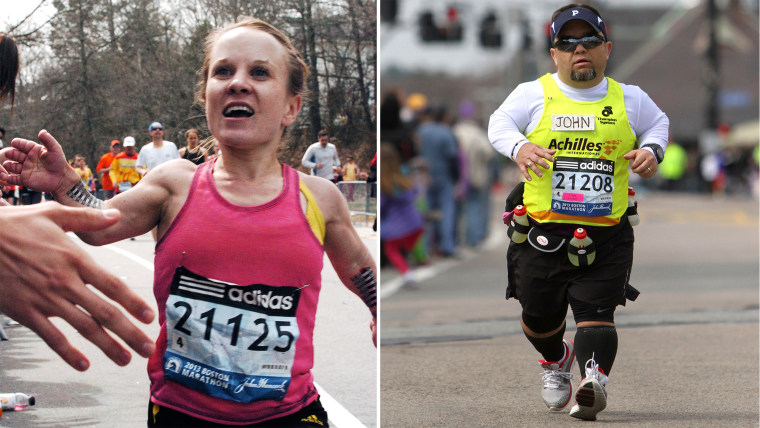When Juli Windsor and John Young take their places at the starting line of the Boston Marathon this month, the setting will be familiar — they've been here before.
In 2013, they were less than a mile from the end of the race when bombs went off at the finish line, killing three people, wounding dozens, and stopping the runners in their tracks.
Like many runners determined to return to Boston this year, on April 21, Windsor and Young will be back on the course to reclaim their race and finish what they weren't allowed to complete. But their story is unlike so many others: At 3 feet 9 inches and 4 feet 4 inches tall, respectively, they'll likely be the smallest in the pack, and to their knowledge, the first of their stature to ever complete the race.
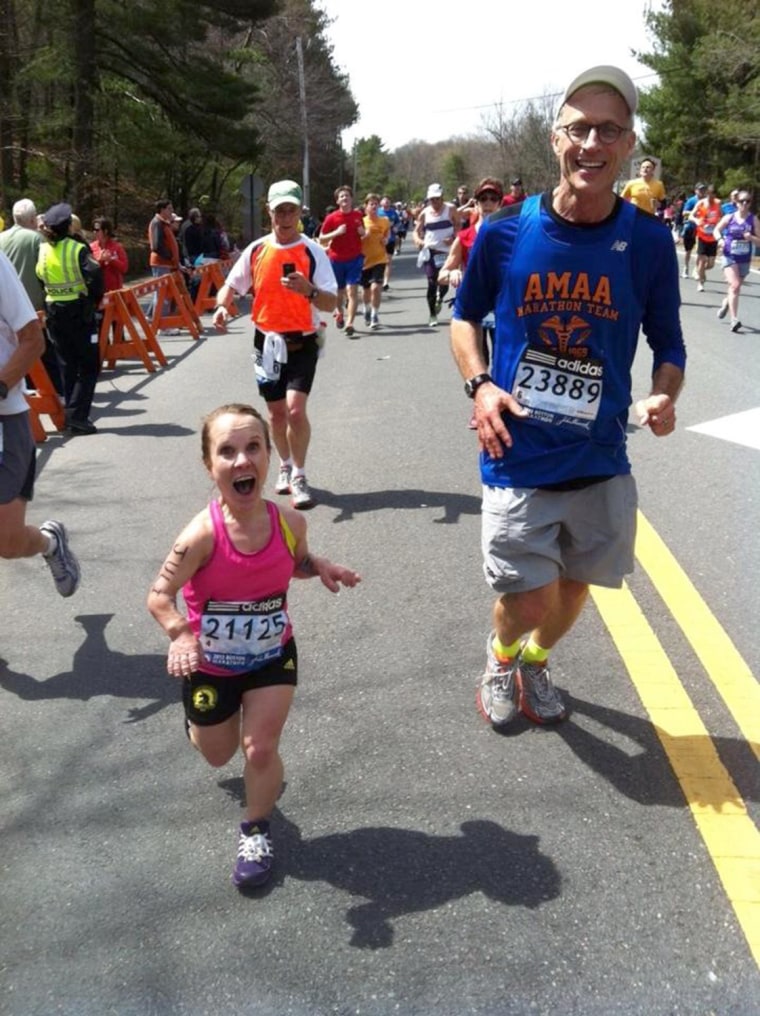
“For the most part, running is discouraged for people with dwarfism,” Windsor told TODAY.com. “You have a higher risk of developing osteo-arthritis, and just the pressure that running can have on the joints — it’s different for us. It’s not an encouraged thing.”
Nevertheless, when her friends started running track in the eighth grade, Windsor joined too. “I didn’t necessarily think it was something I’d be good at,” she said, "but then I found running was something I fell in love with and I enjoyed doing.”
Though she was often the last person to finish a race, one day she beat another runner, which sparked her competitive side: “From that moment I was hooked,” she said. She continued to run track but was drawn to longer races, where she thrived: “With long distances, if I could combine speed with stamina, then I was able to keep up.”
In running, Windsor found a strong community to connect with, but she never saw another runner like herself. “I’ve always kind of felt solo in it,” she said. “I found a love for running, but didn’t find anyone else sharing that same love who had dwarfism. I never really saw anybody else out there.”
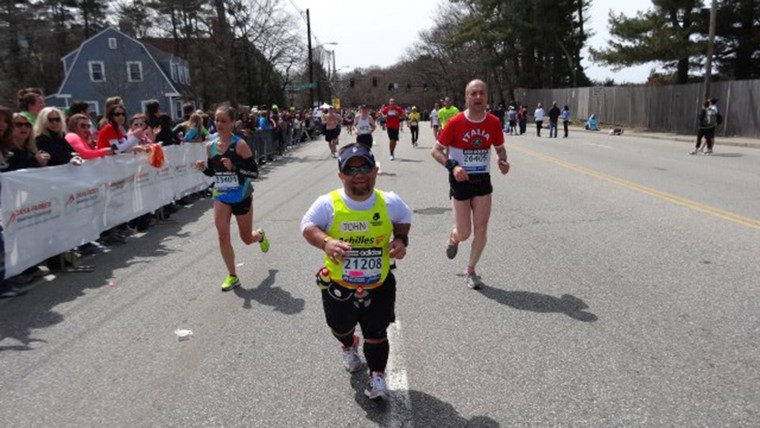
The same was true for Young, who took a very different path to the starting line.
A high school math teacher, Young started to get active eight years ago, after his wife urged him to go to the doctor because he struggled with breathing issues in his sleep. At the time, he weighed roughly 195 pounds, which he calls "a pretty significant amount of weight" for someone of his stature.
Diagnosed with sleep apnea, he began using a machine to help treat his symptoms. When he felt his energy return, he took the opportunity to start swimming, and then biking regularly.
But the turning point came when Young saw a picture of Dick and Rick Hoyt doing an Ironman together. The 72-year-old father and his disabled son, 51, have now raced in nearly 1,100 events, with Dick pushing his son in his wheelchair across the finish line at everything from 5Ks to marathons to triathlons.
“I saw that and thought, if he can do that with his son, I can probably do a sprint triathlon,” Young said. He did his first sprint triathlon at the age of 43 and hasn’t looked back: “I’ve been hooked ever since.”
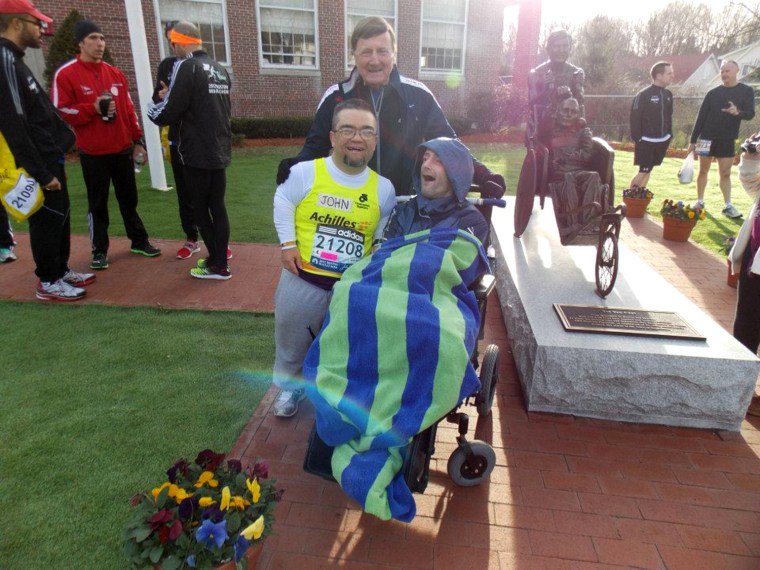
When it came to long-distance running, Young, like Windsor, persevered despite doubts from those around him that he could — or should — be doing it. “People told me, you probably shouldn’t, you’re going to come in last,” he said. “And I said, 'Somebody has to come in last. If I’m not last, somebody else is.'”
He has since done three half Ironman events and has his sights set on a full one in the fall of 2015, his ultimate goal.
Word of Young's athletic achievements made its way to Windsor, who was living in Atlanta when a friend told her about a dwarf who did triathlons. She looked him up on Facebook, and the two struck up a conversation that would lead to a friendship.
“It was having a connection, 'Wow, there is somebody else out there,'" Windsor recalled. “I always wished I could find somebody else who gave it a shot, because it’s so discouraged among people with dwarfism.”
They stayed in touch, and ran a 5K race together in the winter of 2012. “When you’re out there running, people recognize you, you stand out, so to have somebody else understand that was cool,” Windsor said.
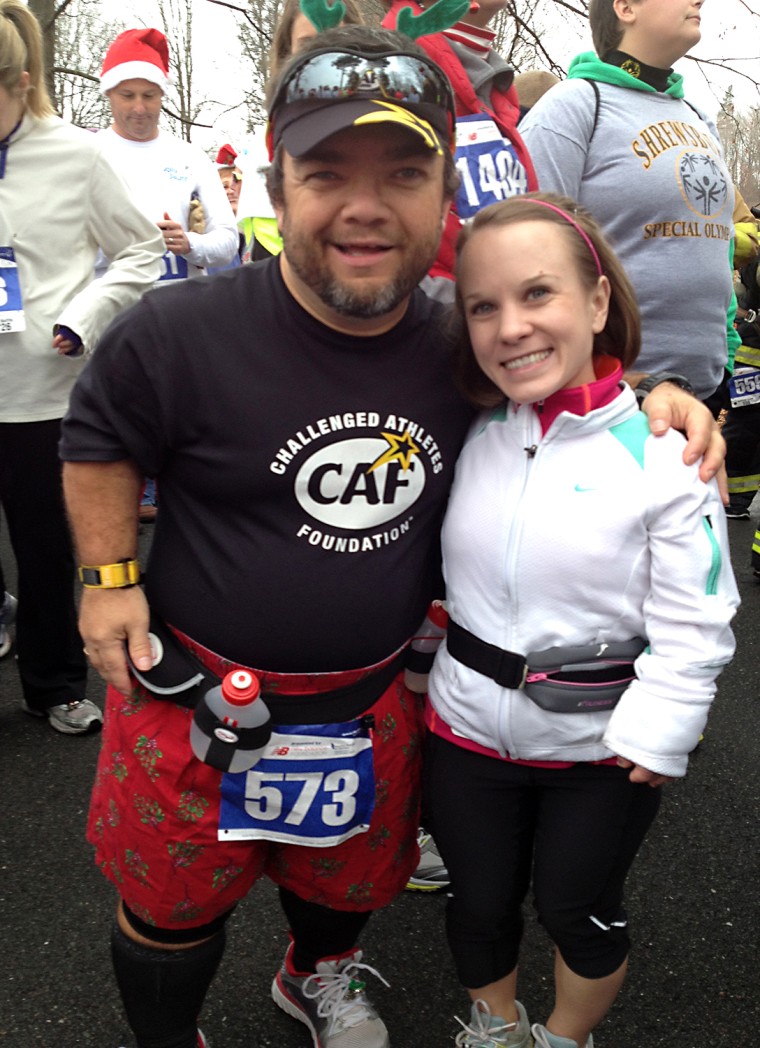
When work then brought her and her husband to live in Boston, suddenly a bucket-list goal she'd made at the age of 15 became a possibility: the Boston Marathon. Both she and Young, who also lives in the Boston area, were able to qualify through the race's mobility impaired program by running another marathon in under six hours.
“You get into the running world and you hear about the Boston Marathon – it’s up there at the top, it’s every runner’s dream,” she said.
And while a communications representative for the race could not confirm that Young and Windsor would be the first little people to complete the race, race director Dave McGillivray says that to his knowledge, no one else with dwarfism has ever run the Boston Marathon.
“I was given an opportunity most runners don’t have a chance to take, and on top of that, knowing that I was going to be the first woman with dwarfism to run, it was a chance to also make history," Windsor says. "It was a pretty cool moment.”
The day of the race last year started beautifully. “Everyone was talking about how wonderful the weather was; there was a lot of excitement in the air,” Windsor recalled. “Just lots of excitement.”
Physically, the run was grueling. “It was a hard, hard race, a lot harder than I think I expected,” Windsor said, noting that the downhills were particularly challenging. “I have a curved spine, and it caused a lot of compression on my spine and caused my legs to go numb. That happened early on in the race, which made the rest of the race pretty hard.”
As she neared the end, she passed John in the crowd, and cheered him on as she headed for the finish line. But just half a mile from the end of the race, everything changed.
“When I was first stopped, I honestly thought it was a mistake,” Windsor said. “As word came out that there were explosions at the finish line, my heart just dropped.”
Her family was waiting for her at the end of the race, and she started to panic because she couldn't get in touch with them. She ran back to John, since she had just passed him and knew where he was, and the two stuck together in the chaos.
“Initially, I thought she’d finished the race and come back to cheer me into the finish line, but then I thought, she just passed me, there’s no way,” Young recounted. “And then I looked at her face and she was obviously distraught. And she just said, 'The race is over, there’s been explosions at the finish line, the race is over.'”
As they made their way from the scene and ultimately reconnected with their families, Windsor and Young felt a flood of emotions.
“Your race doesn’t matter any more,” Windsor recalled. “Your own desire to cross the finish line and the joy of that is overshadowed by grief and what everyone else must be going through. There’s also a sense of injustice, and 'this isn’t right.'"
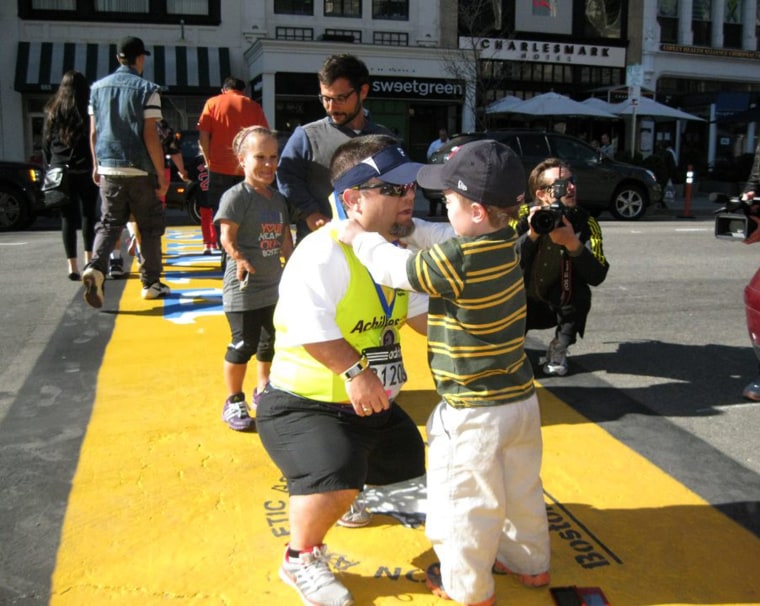
Two weeks after the attack that claimed three lives and affected so many others, Windsor and Young came back to the course to cross the finish line symbolically. “I was doing it more so for my son, to replace what was a really bad memory with a really happy memory," Young explained.
But both runners knew they needed to return this year, to run the race again and cross the finish line as they had originally intended.
“It wasn’t even a question whether I was going to do it again,” Windsor said. “This year it’s so much more about the city and the people and doing it for those that were affected. Rather than the single race, about me running the marathon, it’s about something so much bigger.”
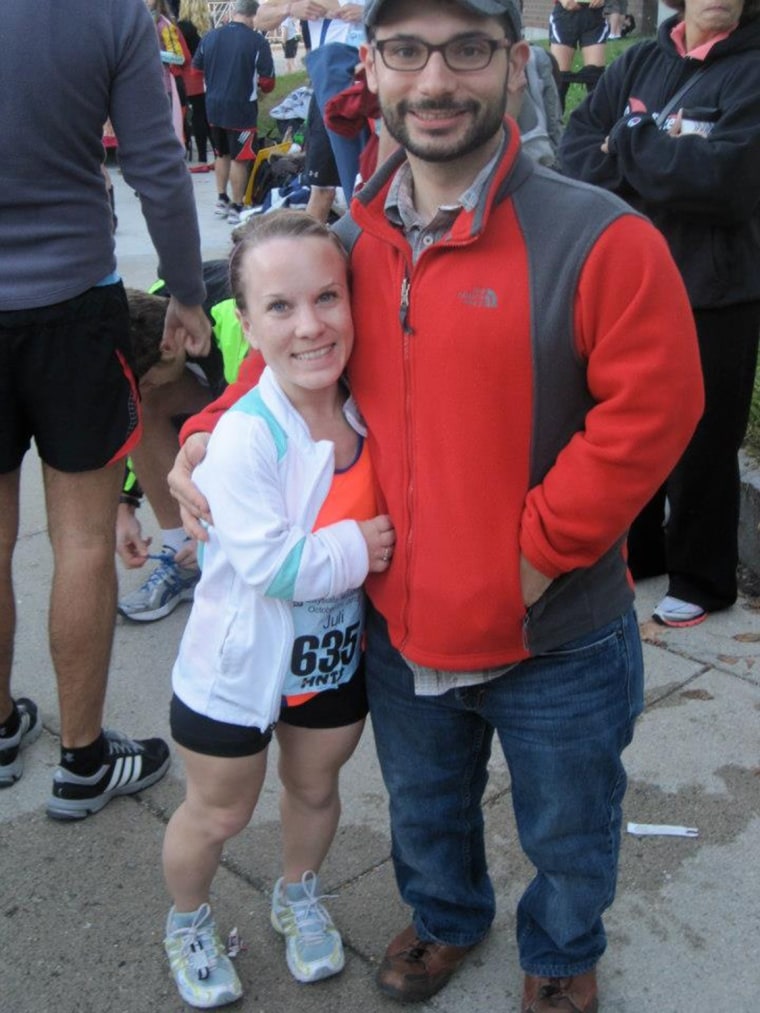
“I think it’s going to feel like those people that did what they did aren’t really stopping us," Young said of the bombing suspects. "I don’t want them to feel like they’ve won.”
He hopes fans won't be too shaken by what happened last year to come out and support the runners, so that it becomes “a day to celebrate the fact that we’ve kind of taken back what was temporarily taken away.”
And he hopes his and Windsor's presence will inspire others, and educate people that runners come in all shapes and sizes.
“There are thoughts that certain people with certain body types shouldn’t be running," Young said. "Older or smaller or overweight, I don’t care what your body looks like, if this is what you want to do and you train for it, than you should do it. I really do it because I want people to see us out there just battling like everyone else.
"I’m in it because I’ve earned the right to be there," he added. “I would hope people see me or Juli running and then next time they might want to think twice before they make a joke.”
